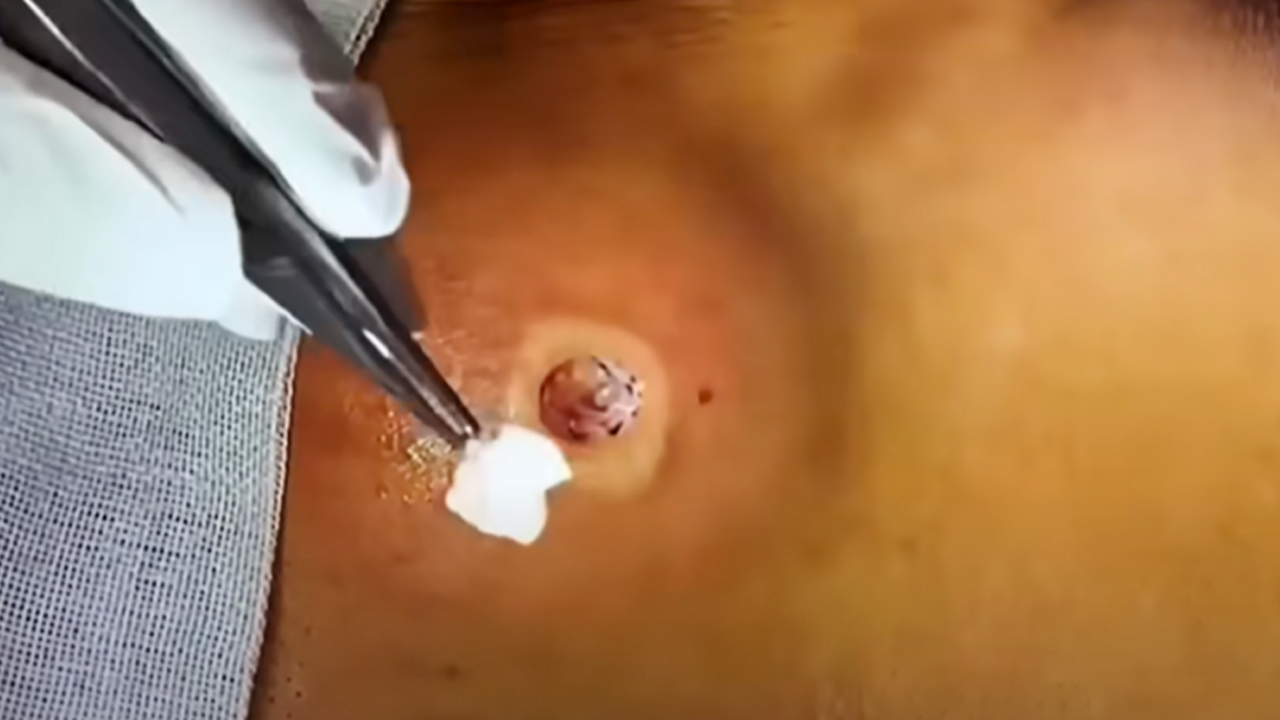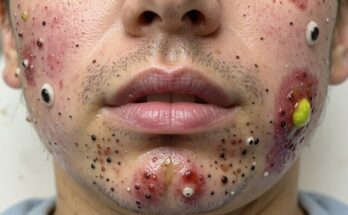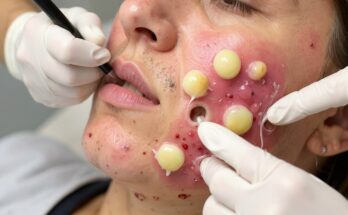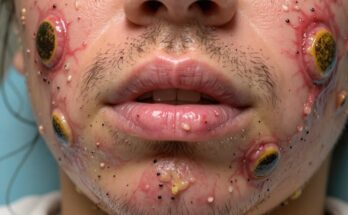Understanding Skin Lumps: Lipomas vs. Cysts
Skin lumps can be unsettling, but understanding the difference between a lipoma and a cyst is crucial for appropriate treatment. These benign growths differ significantly in their composition, appearance, and how best to address them. This comprehensive guide will clarify the distinctions and help you navigate your options.
Lipomas: Your Body’s Fatty Deposits
What are Lipomas?
Lipomas are benign tumors, meaning they are non-cancerous. These soft, rubbery lumps develop just beneath the skin’s surface and are composed primarily of mature fat cells. They typically grow slowly and are usually painless, although their size can increase over time. Common locations include the shoulders, back, arms, and thighs.
Treating Lipomas: A Surgical Approach
While many lipomas require no treatment, surgical excision is the gold standard for complete removal. This minor procedure, performed under local anesthesia, ensures the entire lipoma is extracted, minimizing the risk of recurrence. Liposuction is an alternative, less invasive option, but it may not remove the entire lipoma, potentially leading to regrowth. Steroid injections can reduce the size of smaller lipomas but might not eliminate them entirely.
When to See a Doctor About a Lipoma
Consult a physician if your lipoma:
- Increases in size rapidly.
- Becomes painful.
- Restricts movement.
- Raises concerns about its nature.
Cysts: Fluid-Filled Sacs Under the Skin
Understanding Cysts: Types and Characteristics
Cysts, unlike lipomas, are fluid-filled sacs that can contain keratin (a protein) or sebum (an oily substance). Sebaceous cysts, a common type, often have a visible central pore. They can appear on the face, neck, back, scalp, and other areas. While usually painless, cysts can become inflamed or infected, causing discomfort and requiring medical intervention.
Treatment Options for Cysts: From Drainage to Excision
For small, uncomplicated cysts, a warm compress may help reduce swelling and encourage drainage. However, never attempt to squeeze or pop a cyst, as this drastically increases the risk of infection and scarring. Medical treatment is usually recommended, varying based on the cyst’s characteristics and the patient’s situation.
Options include:
- Drainage: A doctor can drain the fluid, but the cyst often returns unless the cyst wall is also removed.
- Excision: Surgical removal of the entire cyst, including the sac, is the most effective way to prevent recurrence. A minimal excision technique may be used, though this carries a slightly higher risk of regrowth.
- Steroid Injection: This reduces inflammation in inflamed, but not infected, cysts.
Infected Cysts: Recognizing and Treating the Problem
An infected cyst will present with clear signs: redness, swelling, pain, and the discharge of pus. If you suspect an infection, immediate medical attention is crucial. Treatment typically involves antibiotics and incision and drainage to clear the infection.
When Medical Attention is Necessary for Cysts
Seek immediate medical attention if your cyst:
- Grows rapidly.
- Becomes painful or inflamed.
- Starts leaking pus or other fluids.
- Causes you significant concern or interferes with daily activities.
Summary and Key Differences
Both lipomas and cysts are generally benign, but their composition and treatment differ. Lipomas, being fatty tumors, often require surgical excision for complete removal. Cysts, filled with fluid, may sometimes resolve with minimal intervention, but often require medical drainage or excision to prevent recurrence and infection. Early diagnosis and professional consultation are key to effective management and prevent complications. Always consult a dermatologist or general surgeon for accurate diagnosis and personalized treatment.



